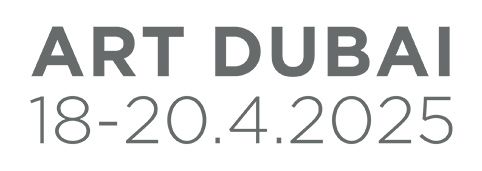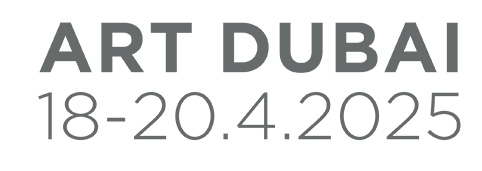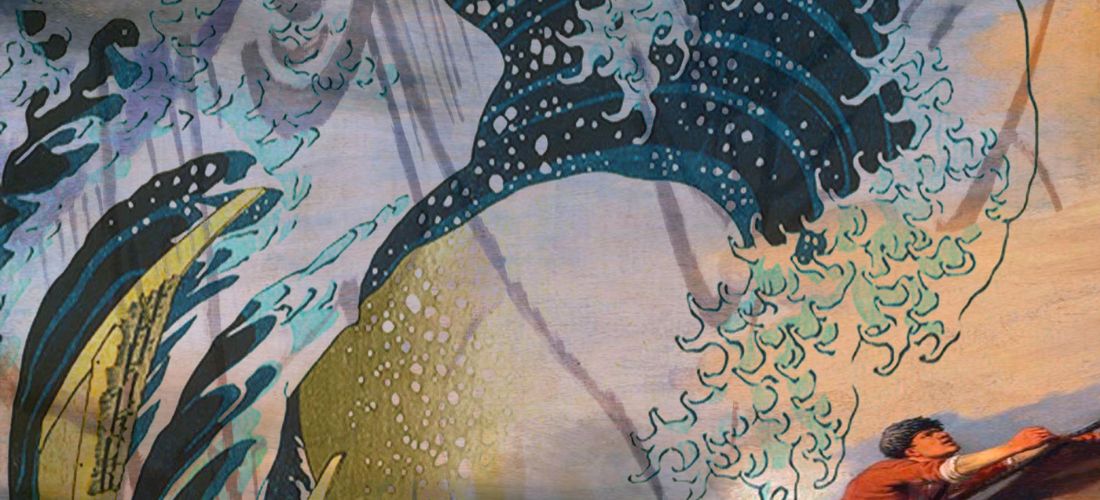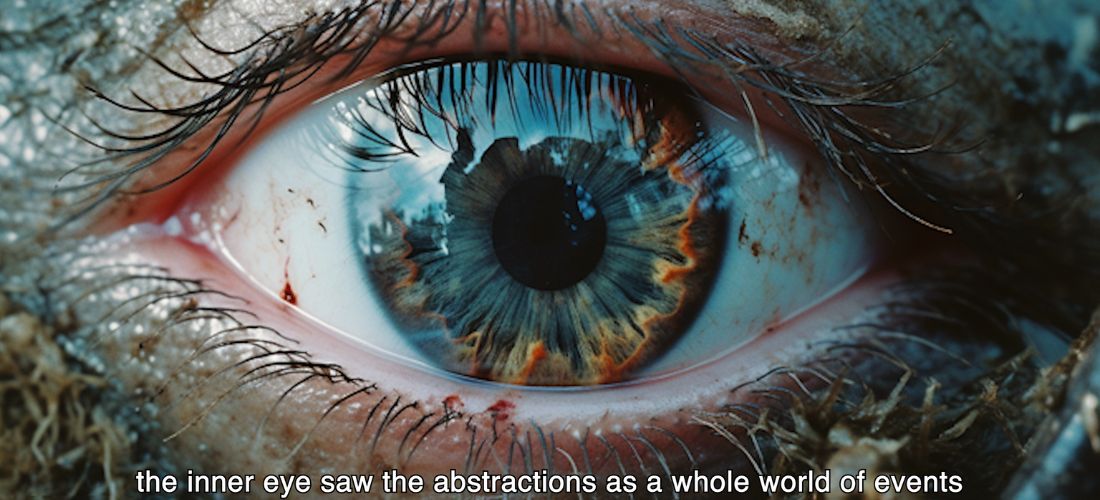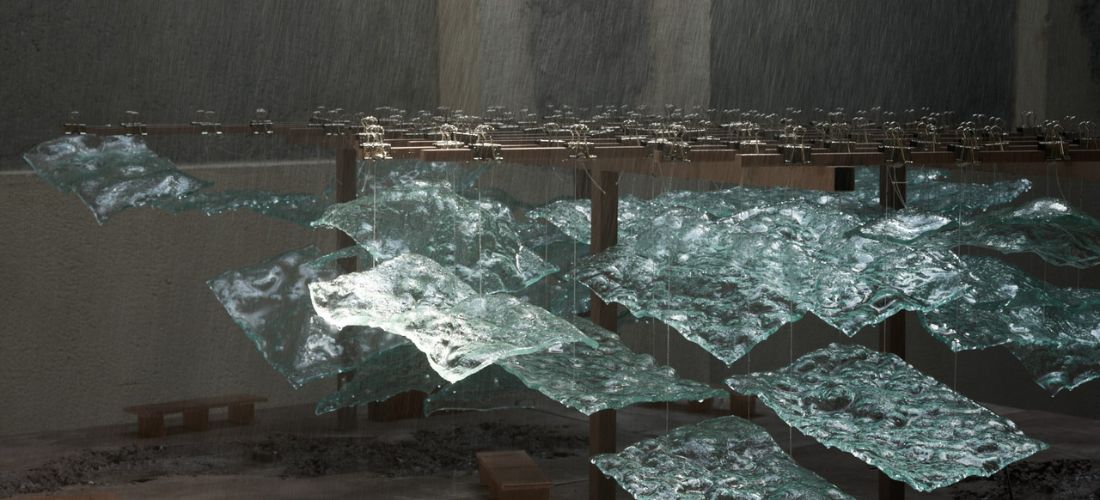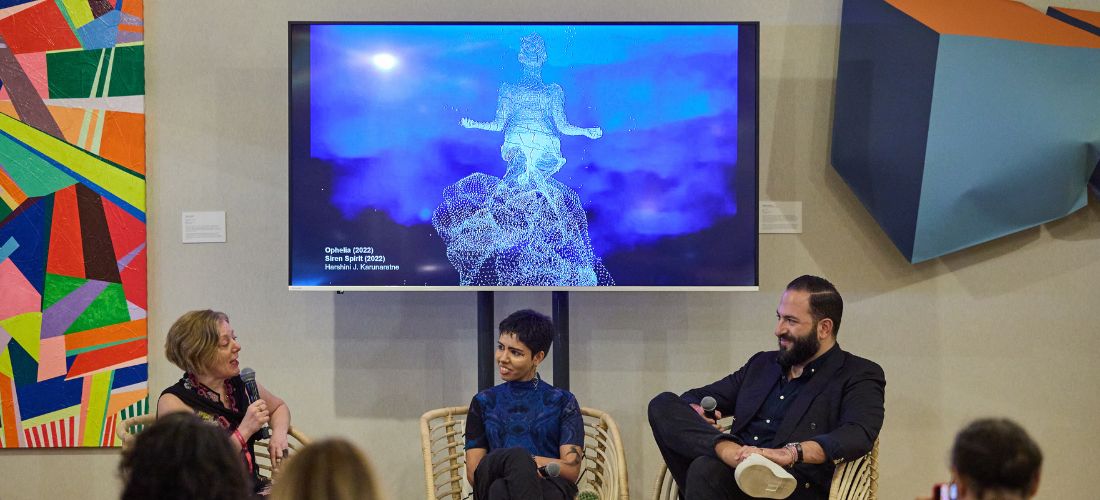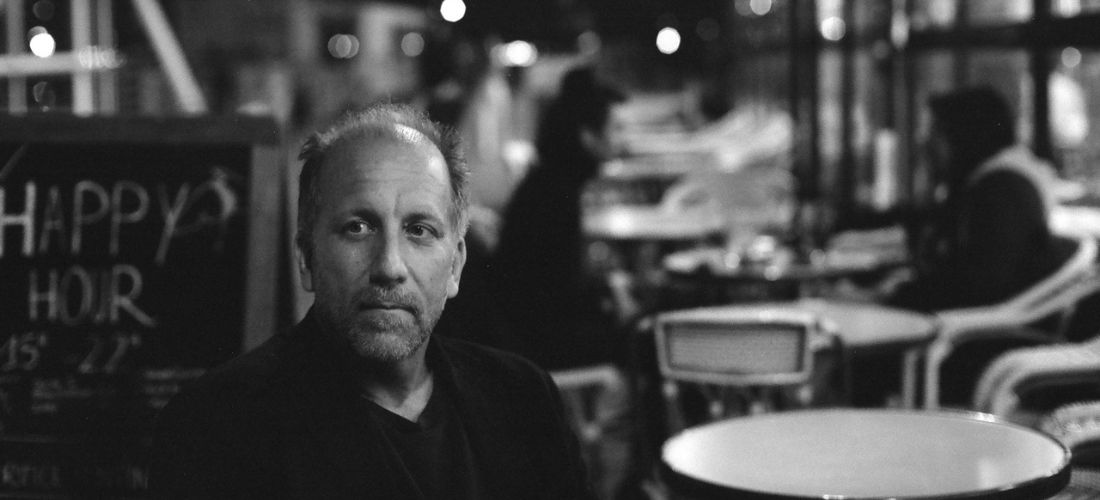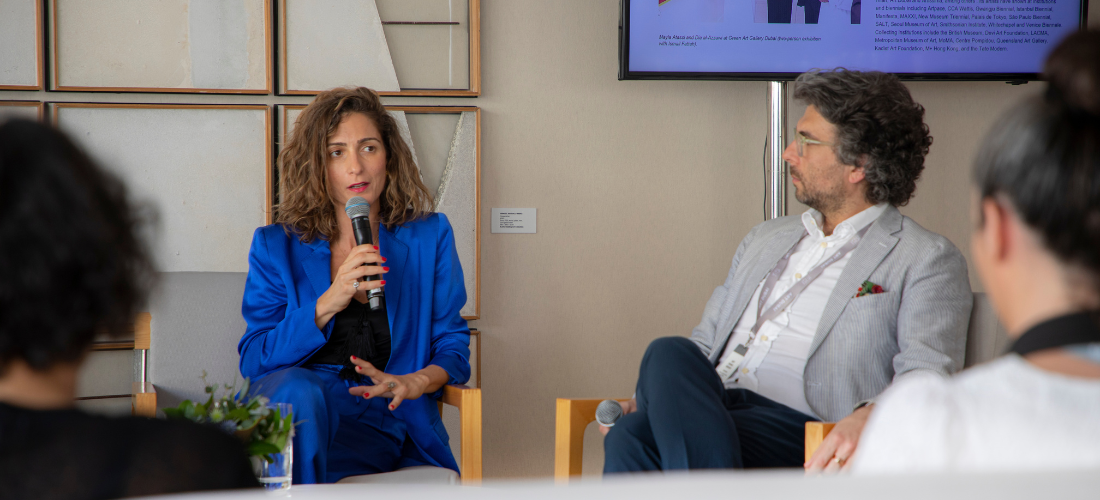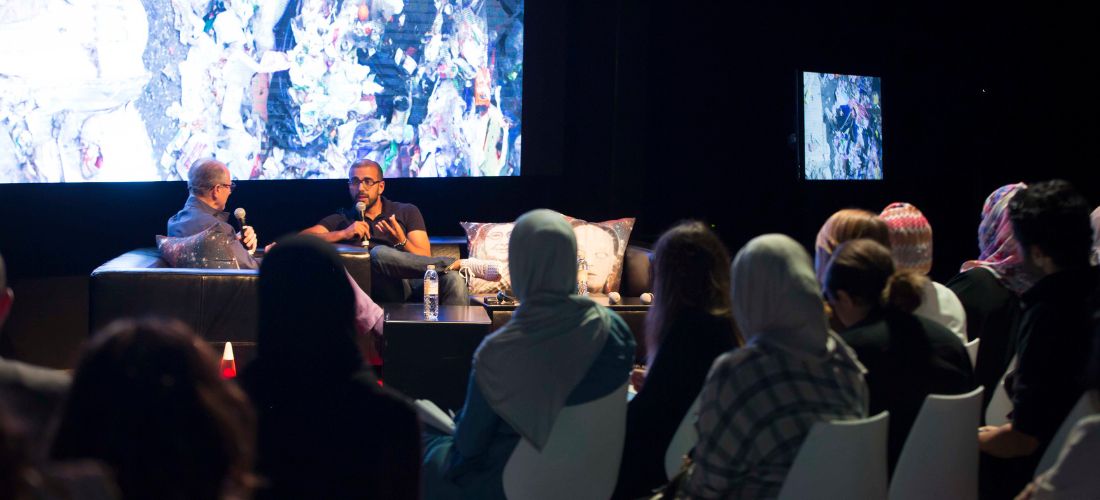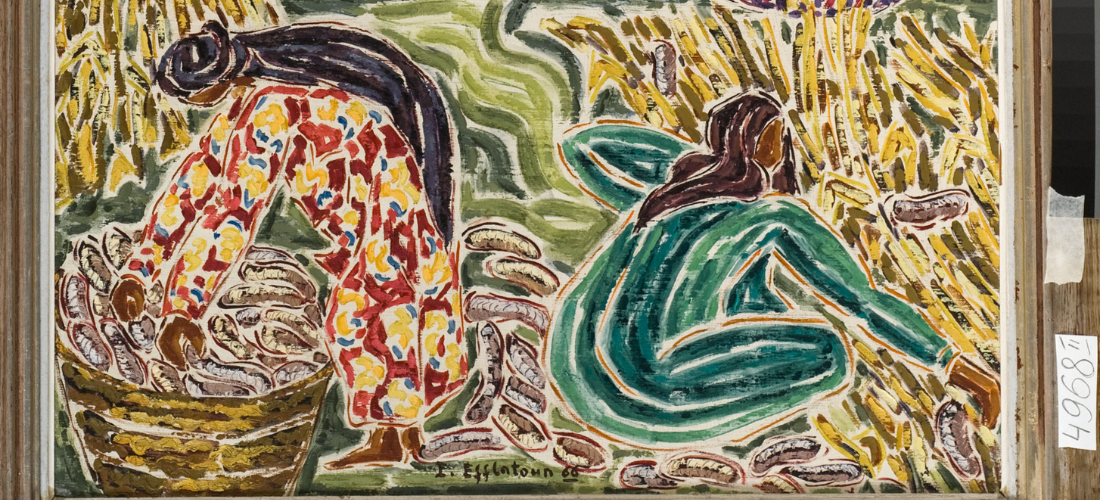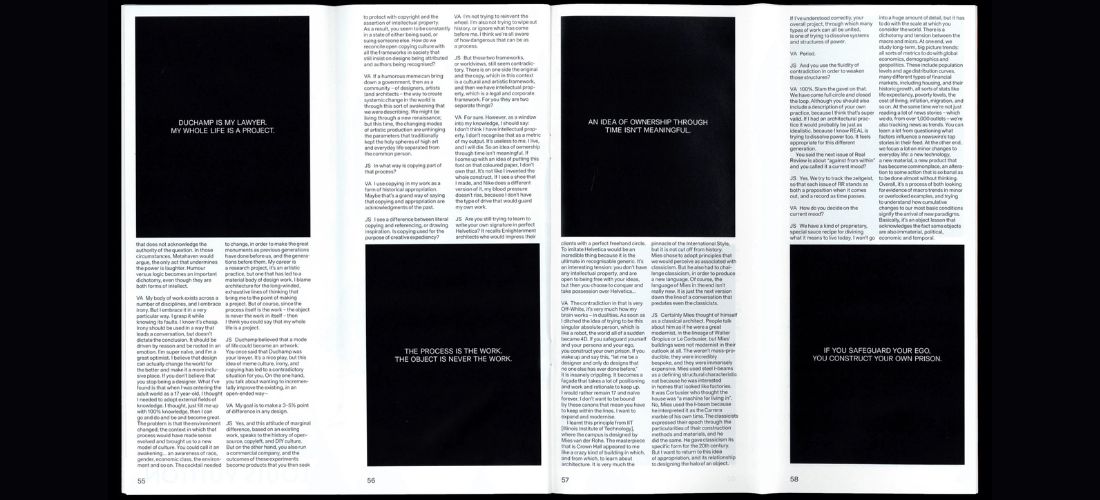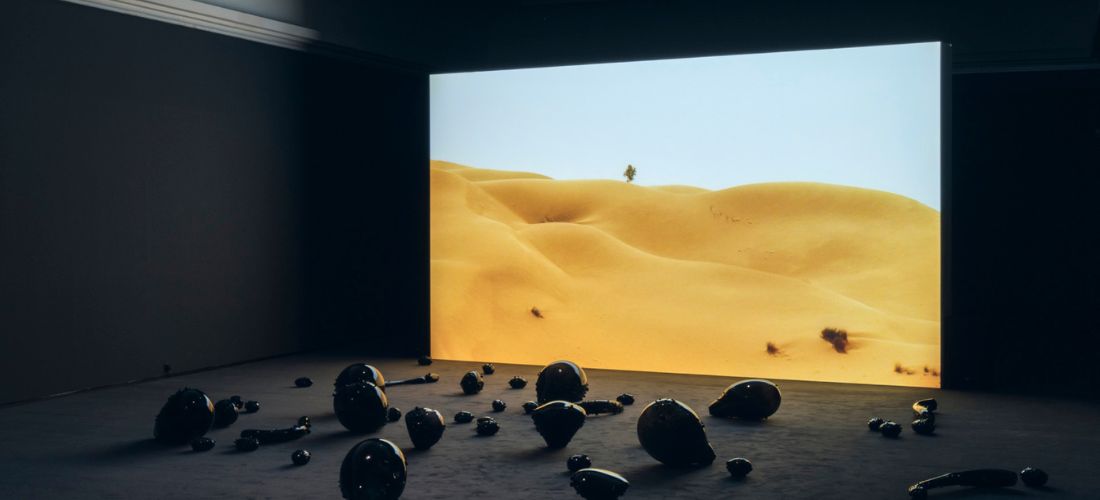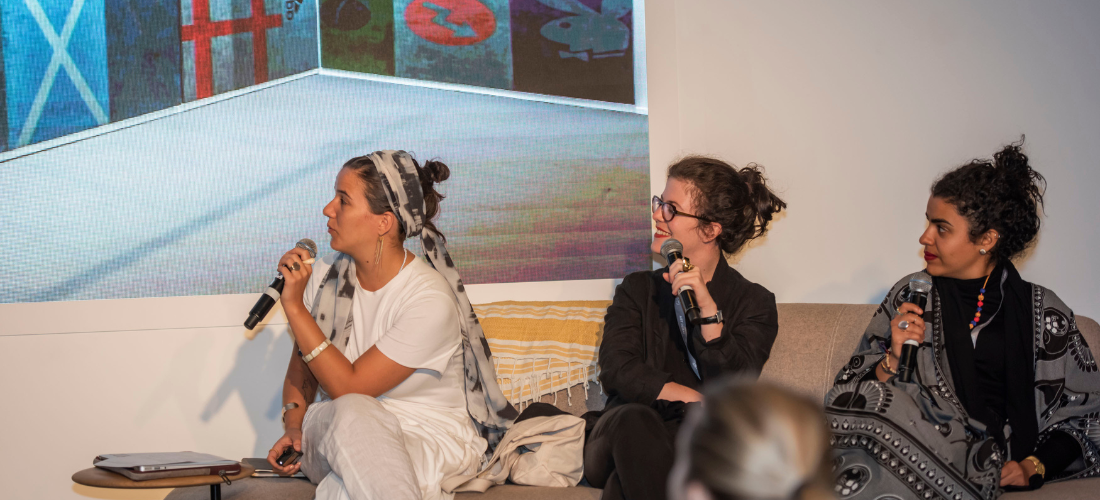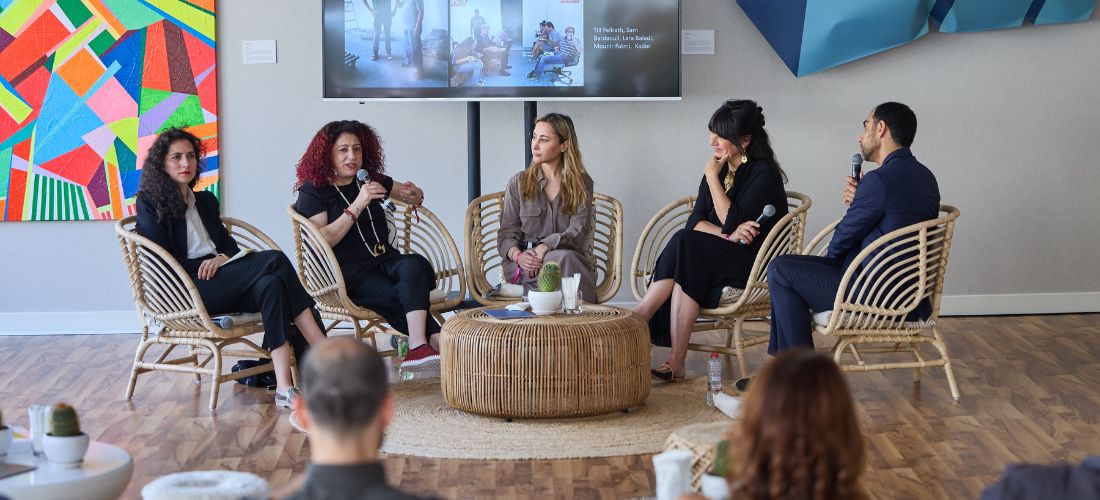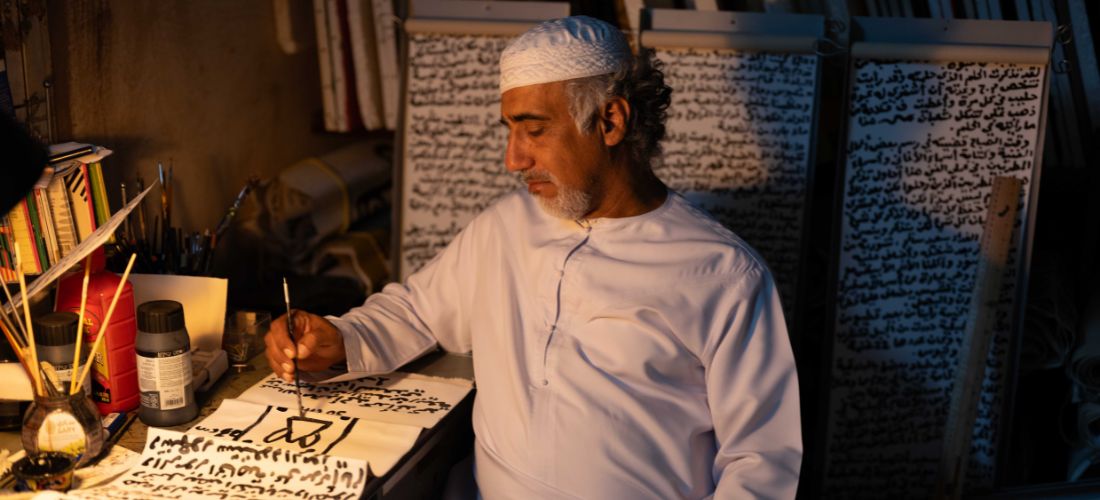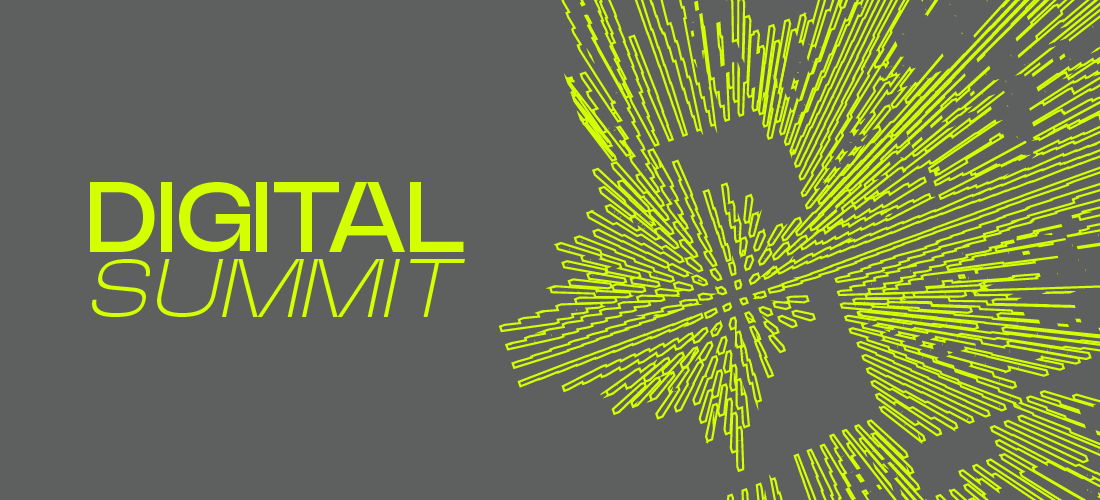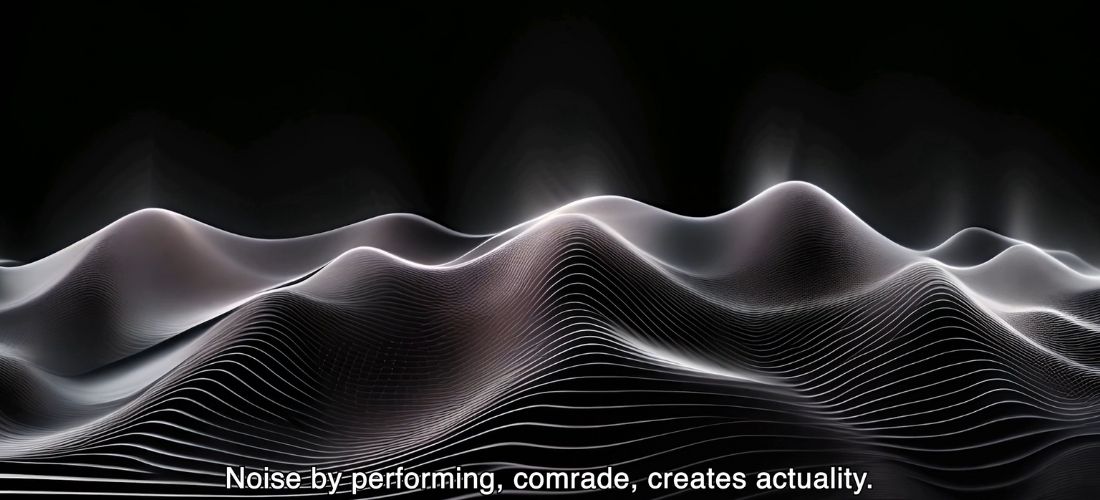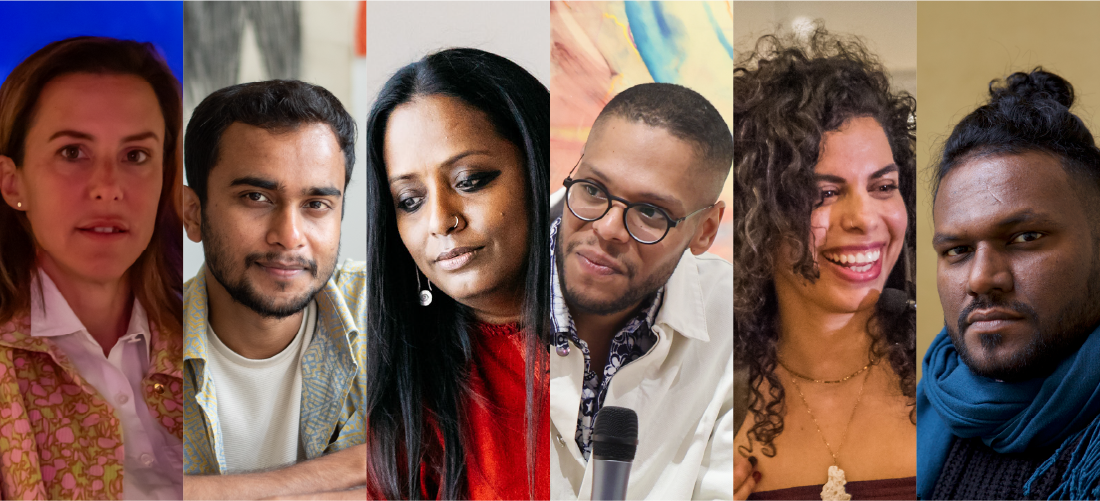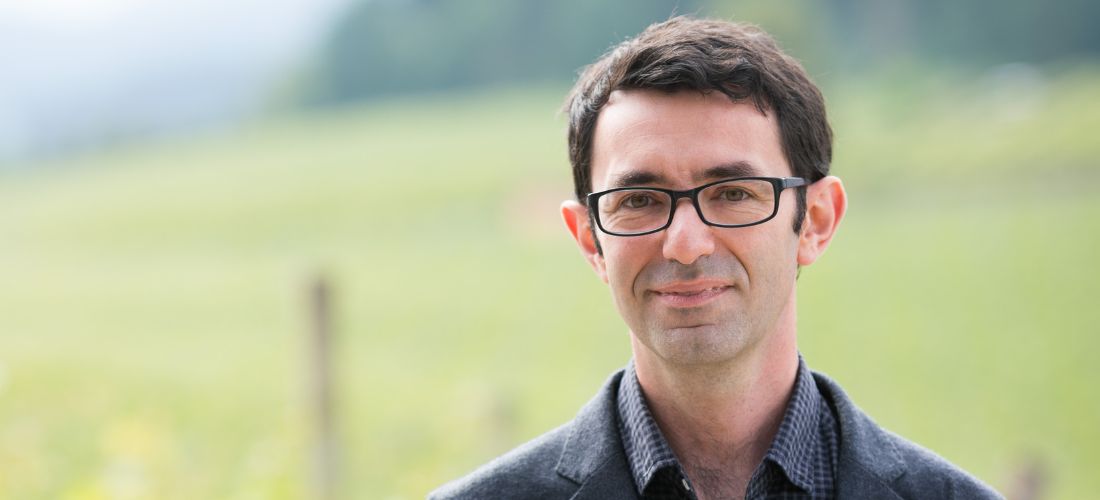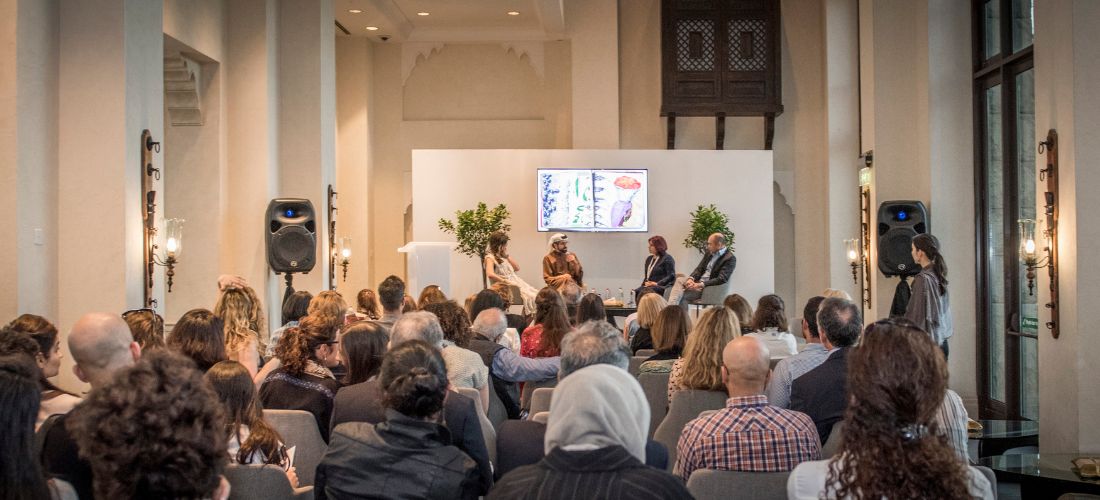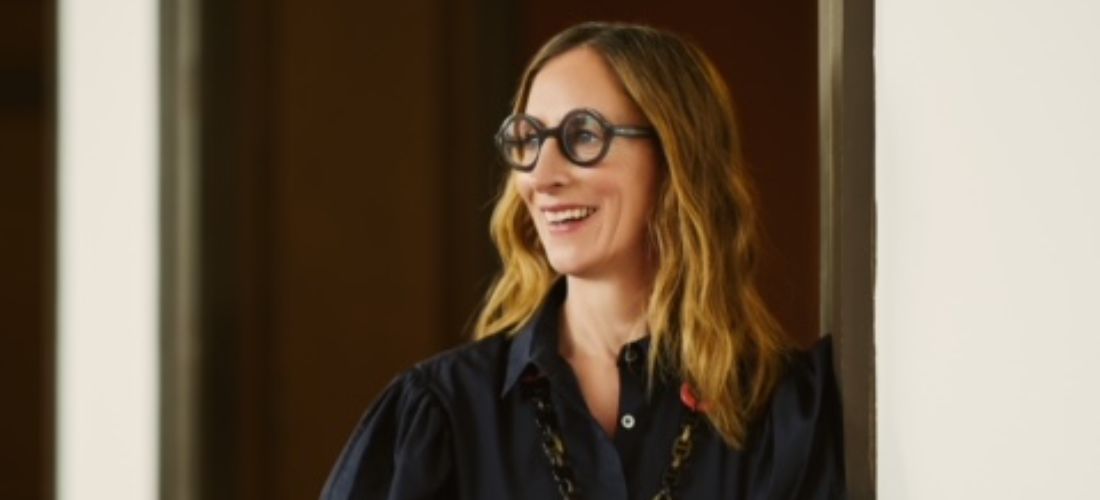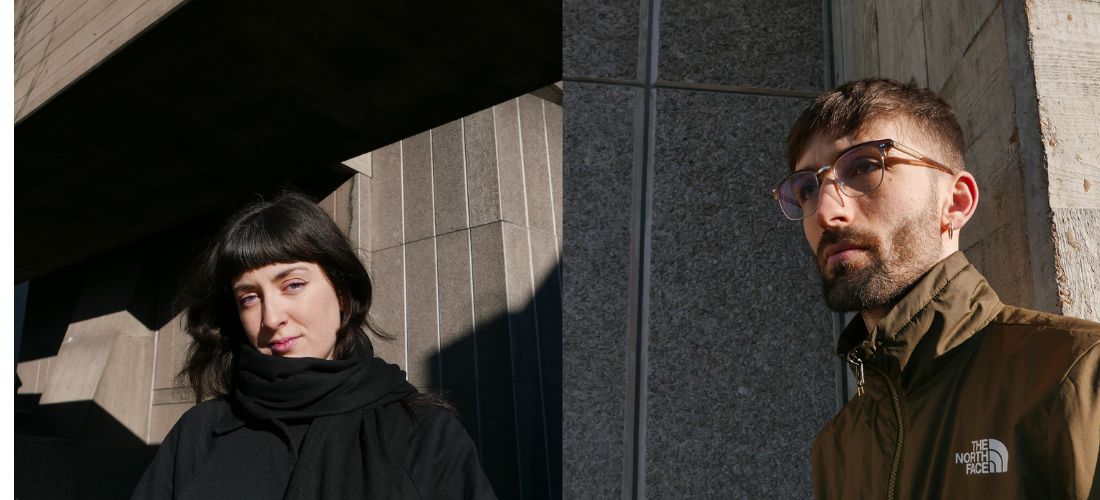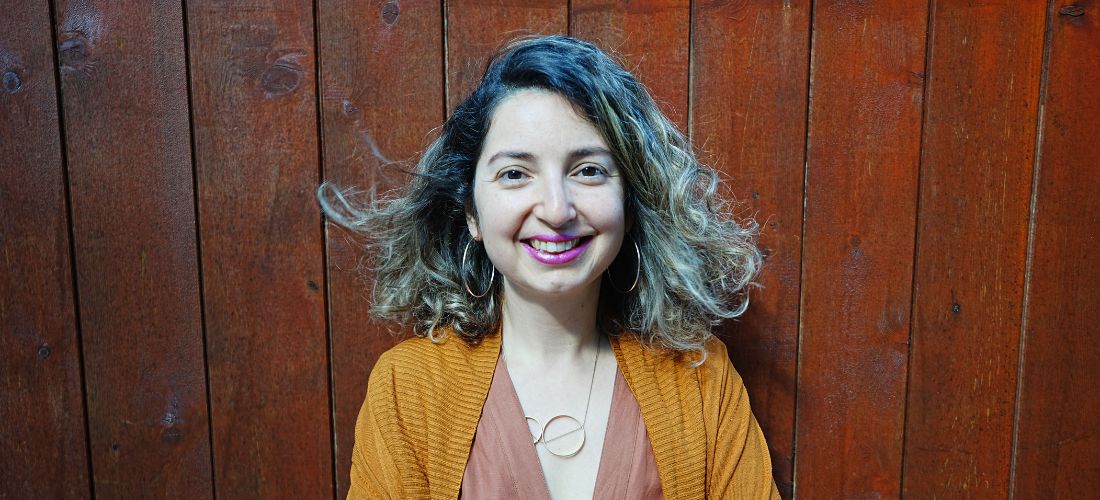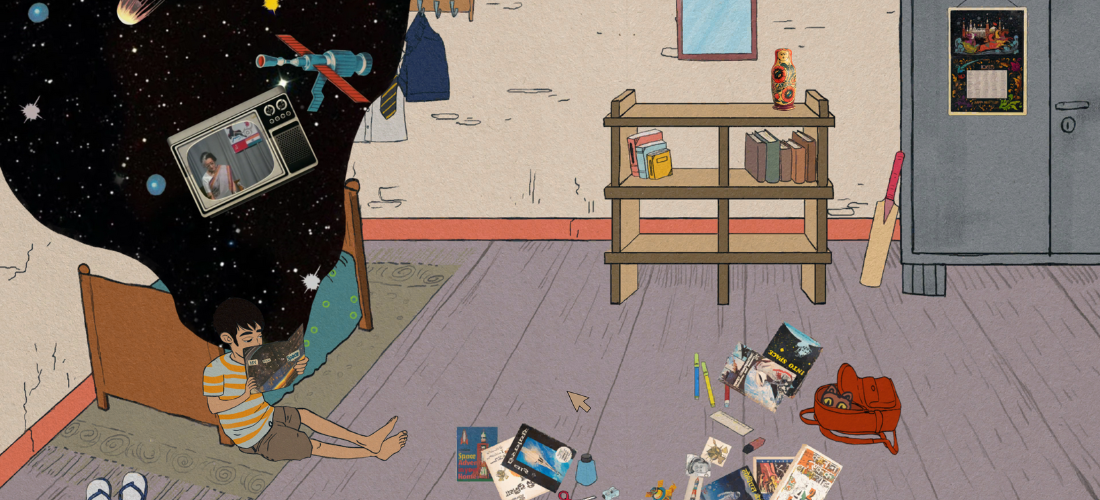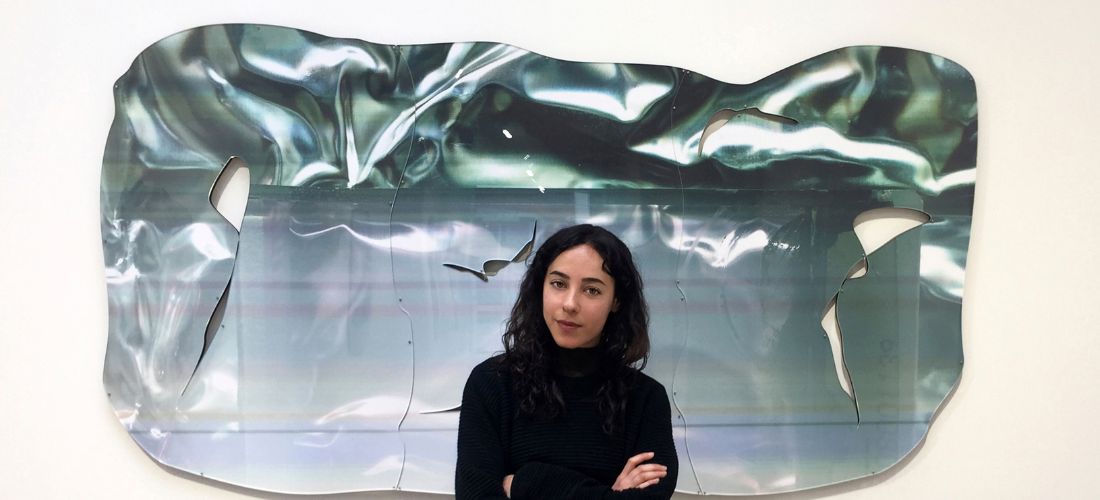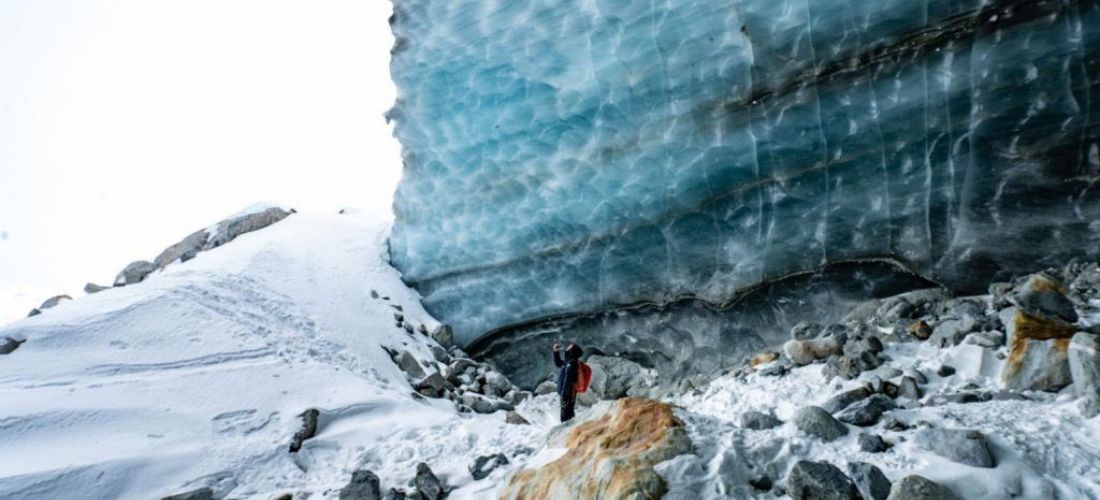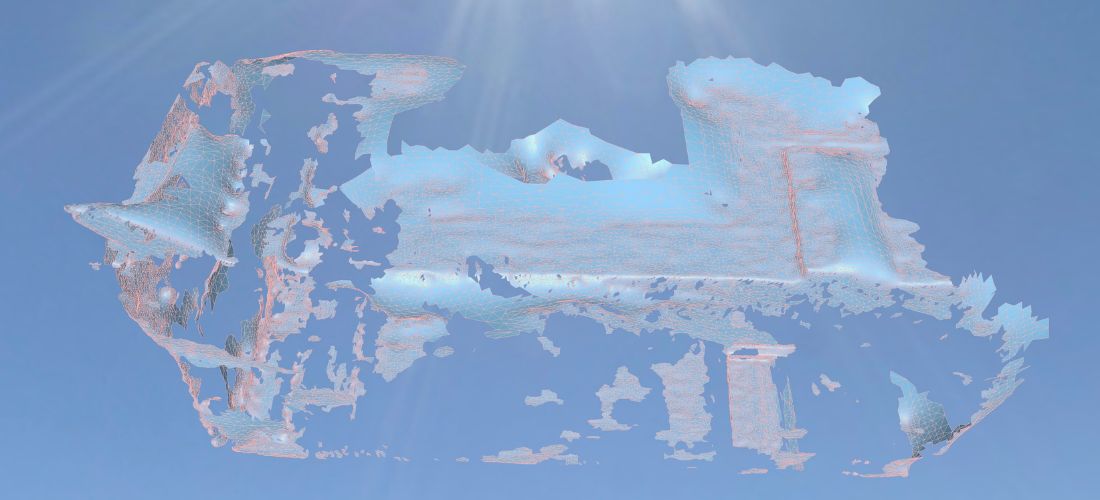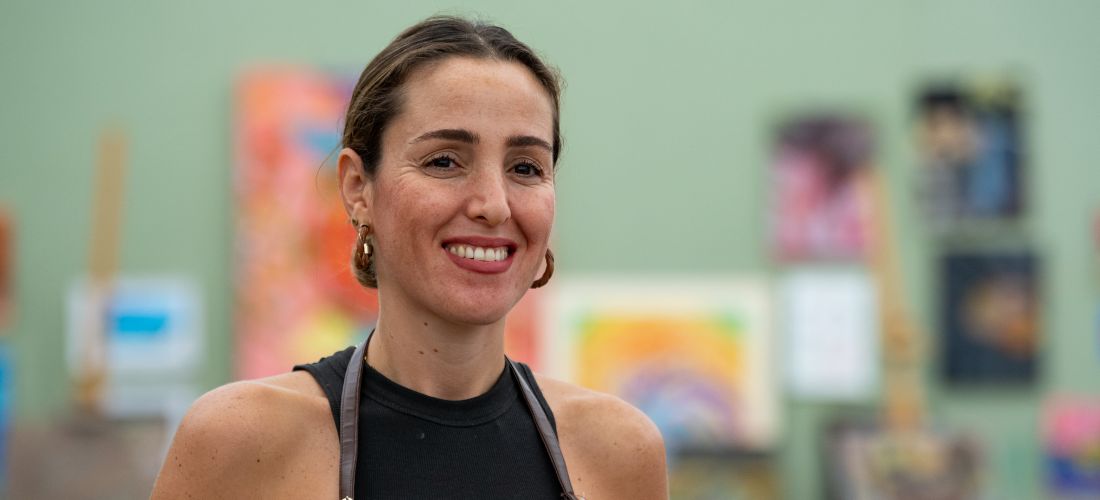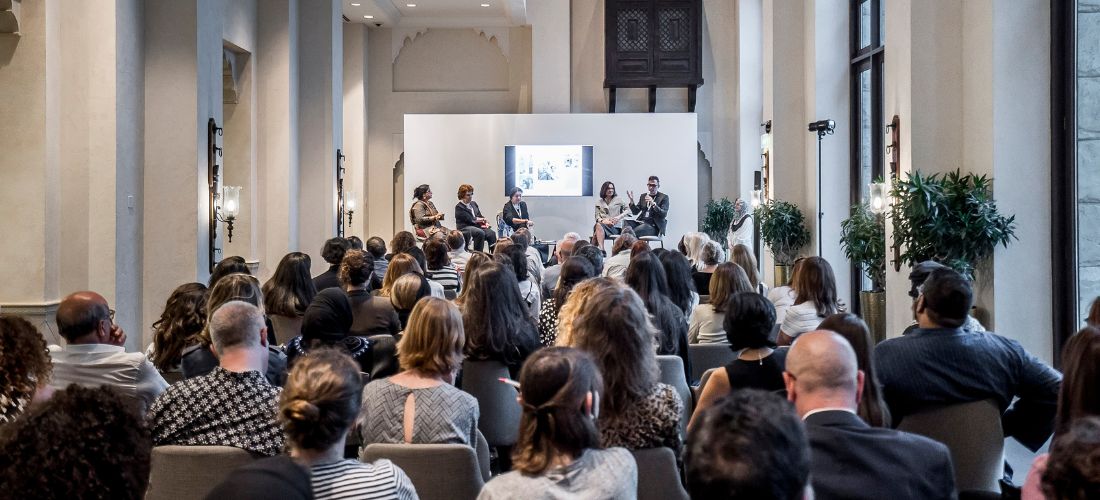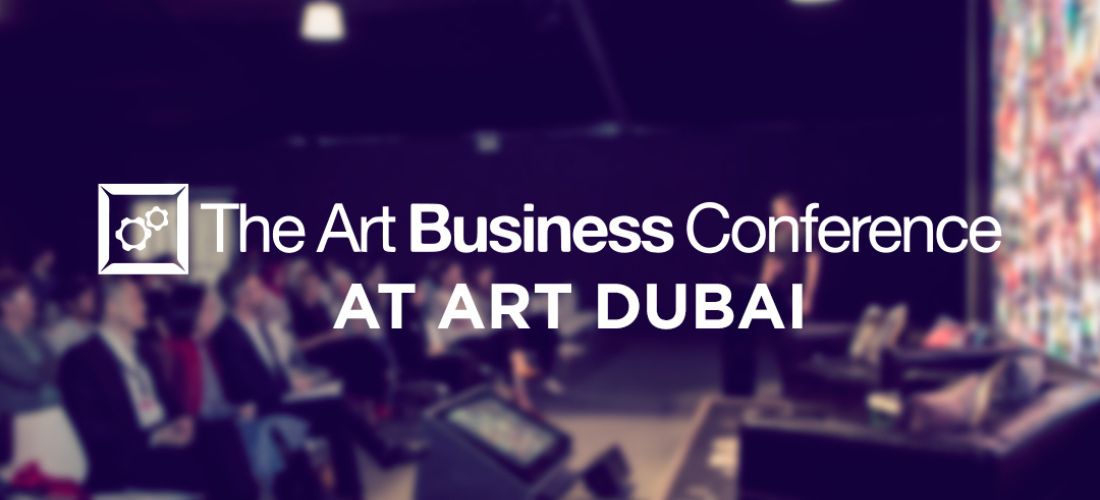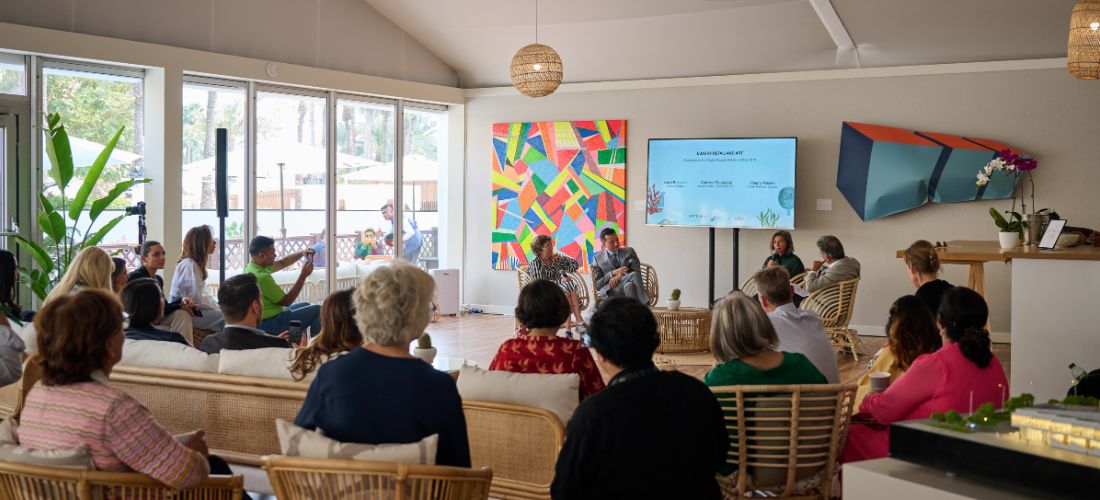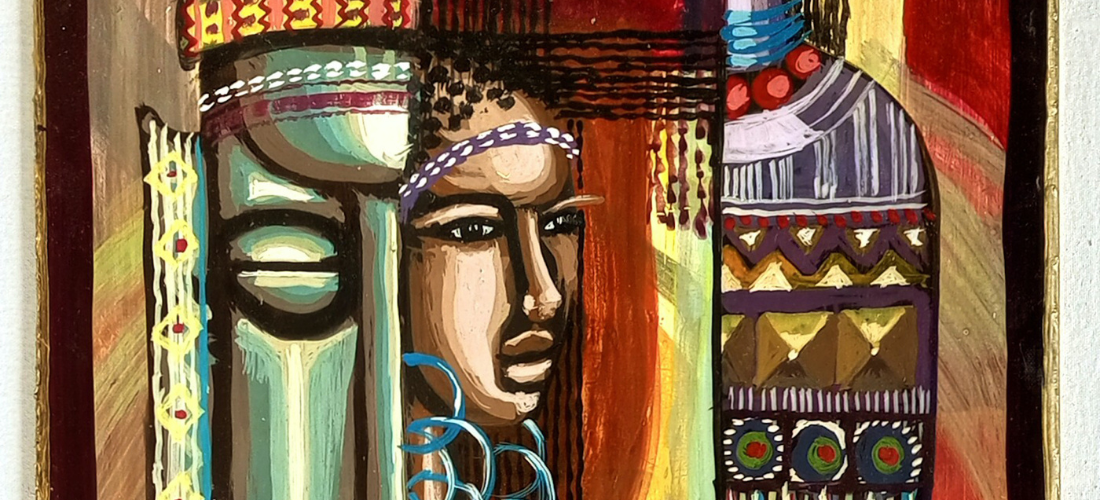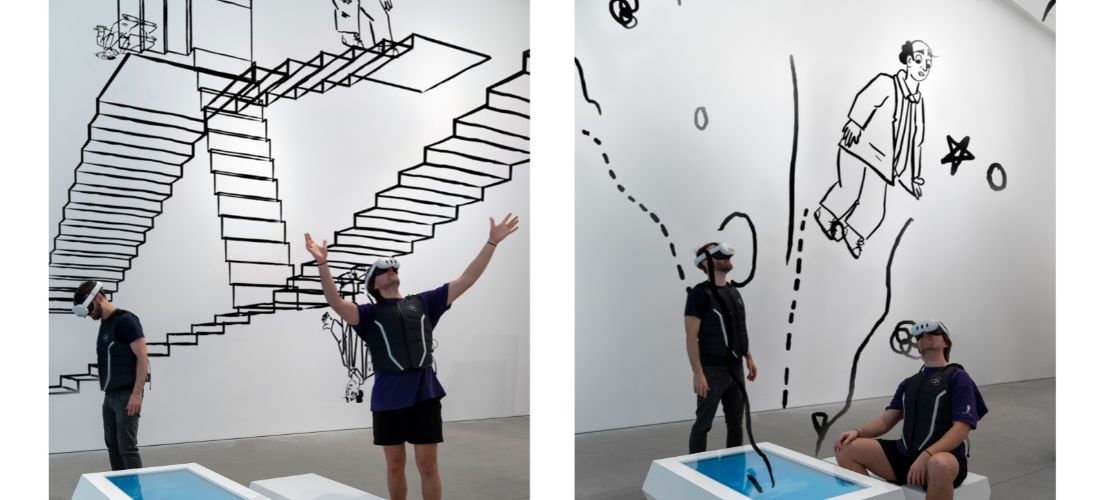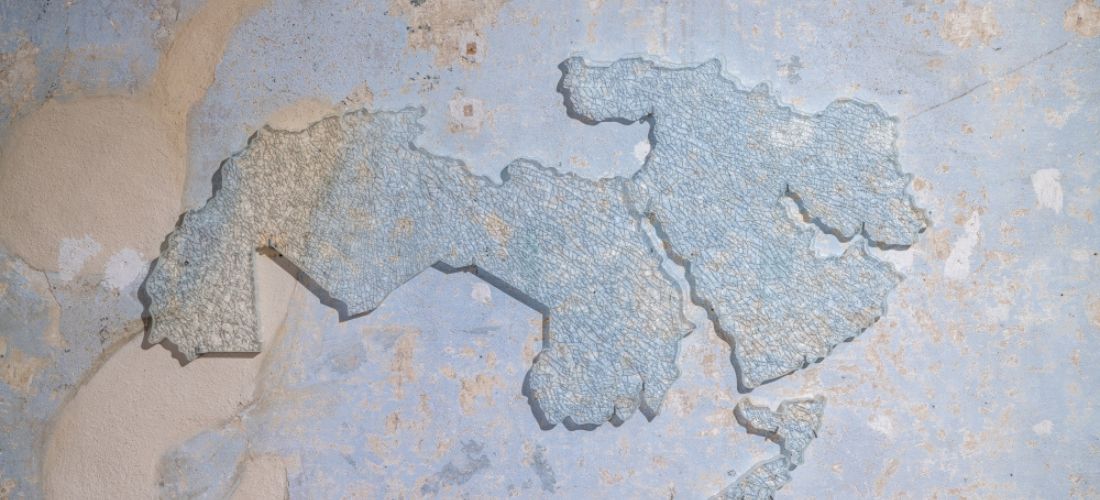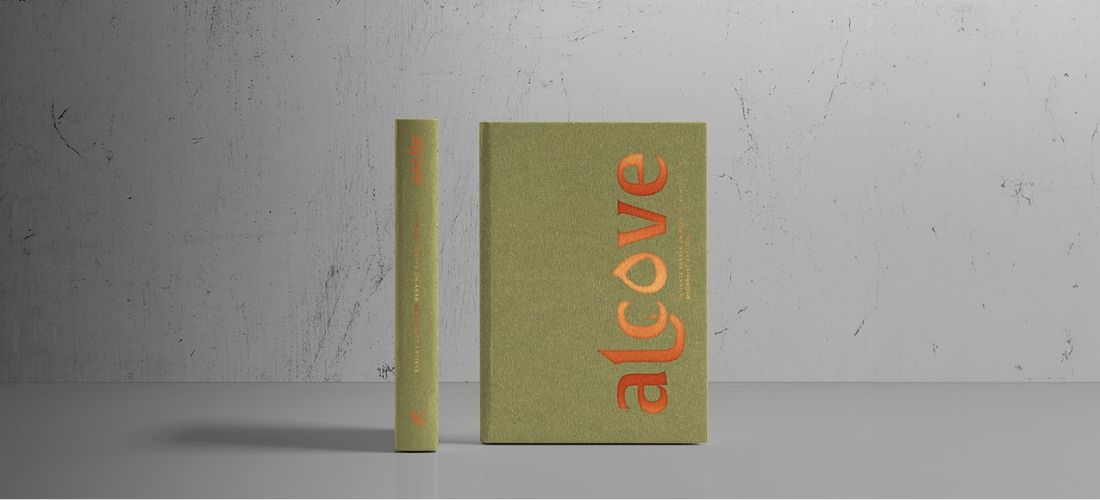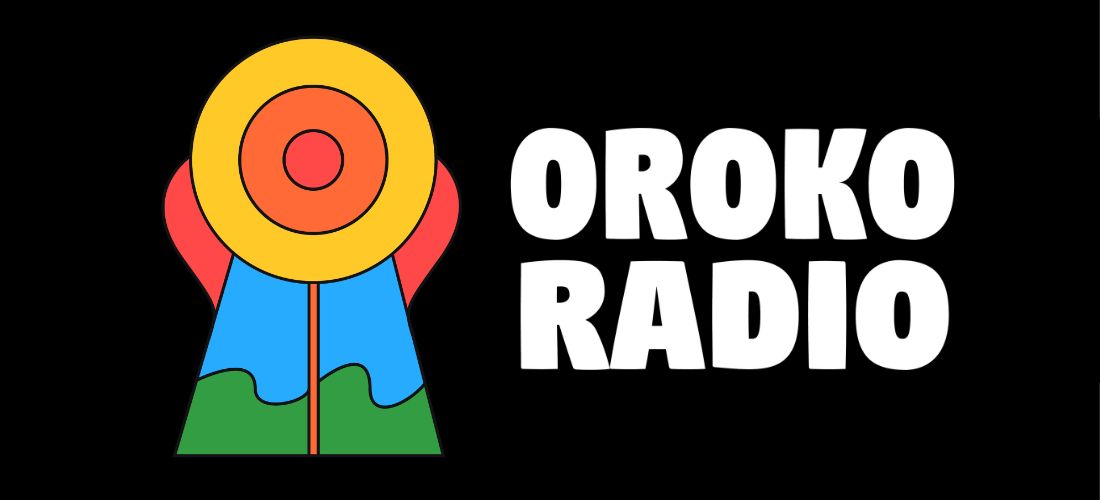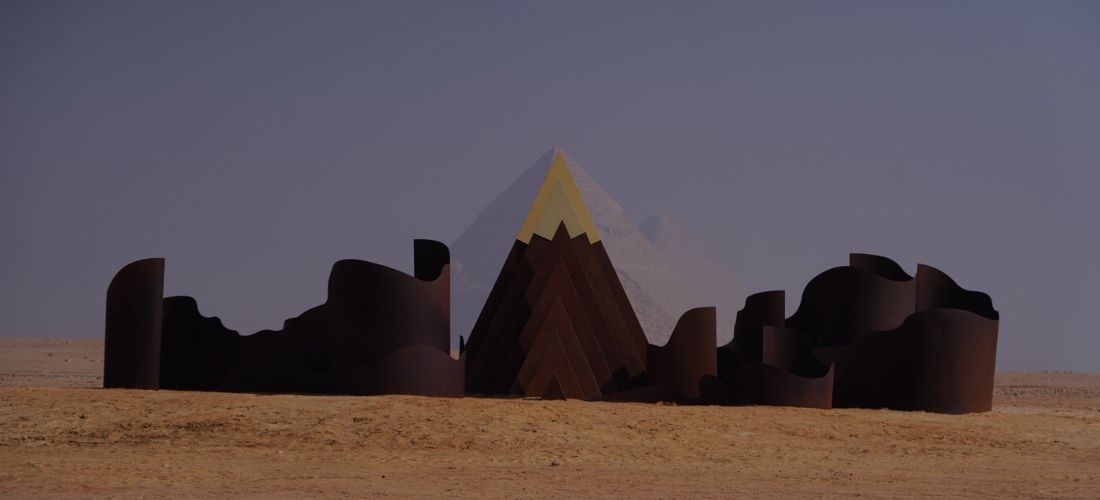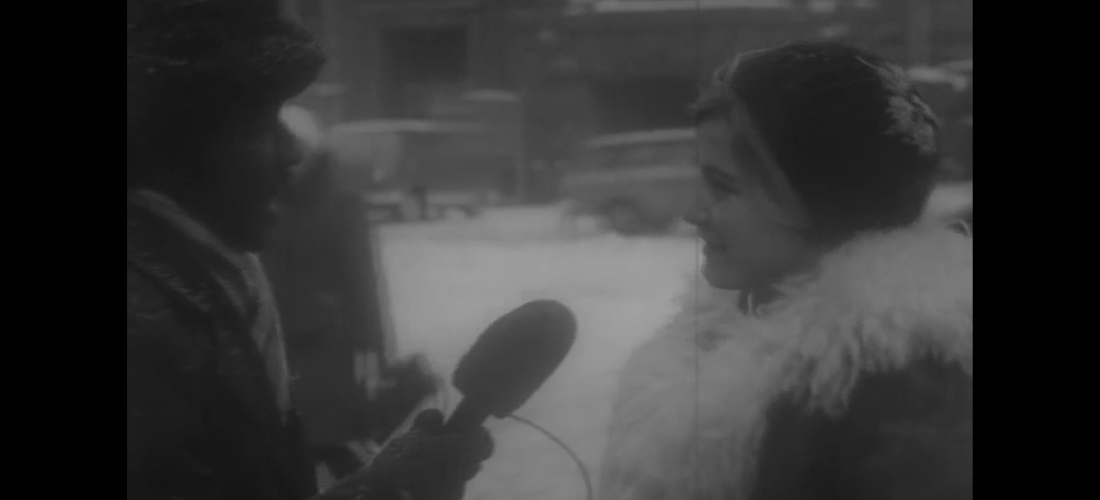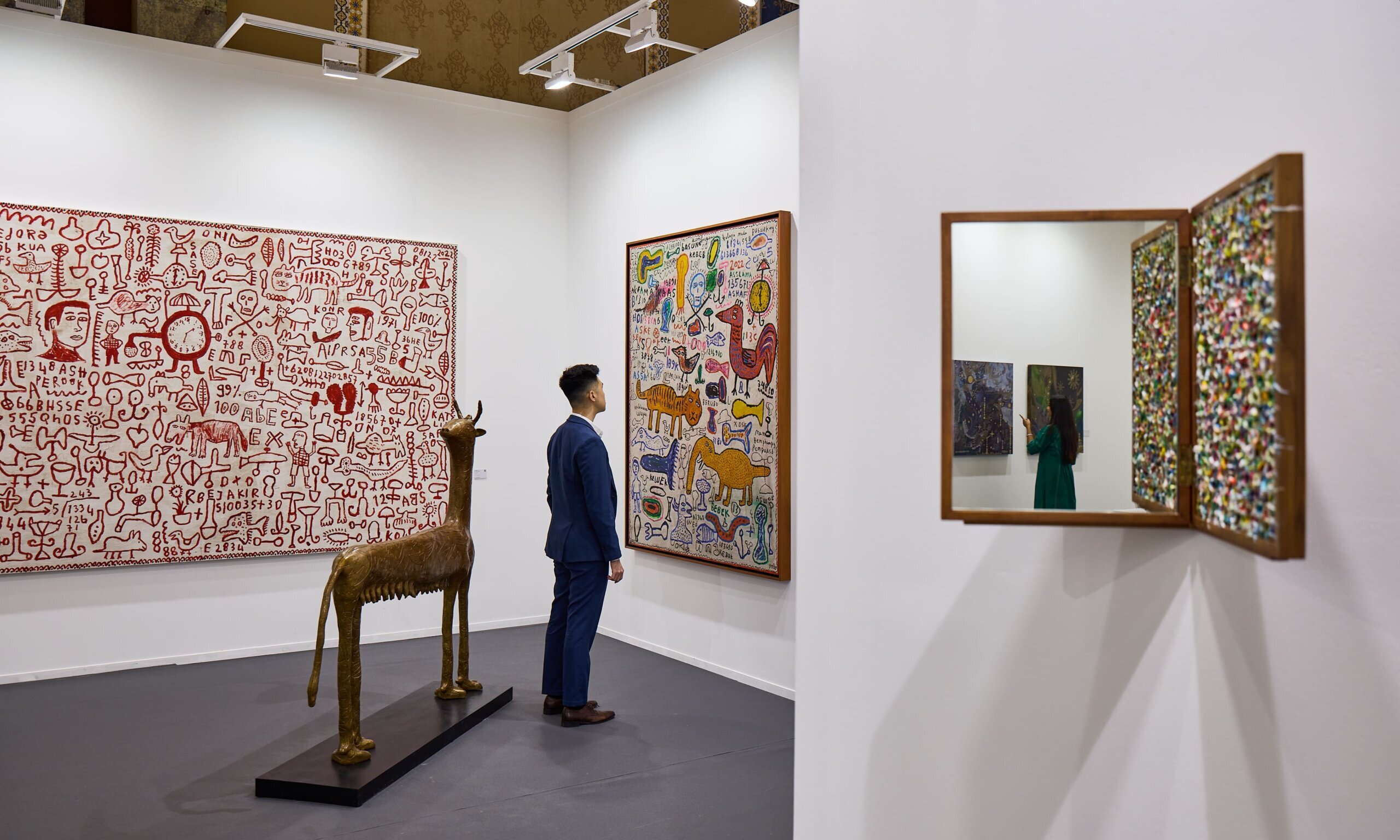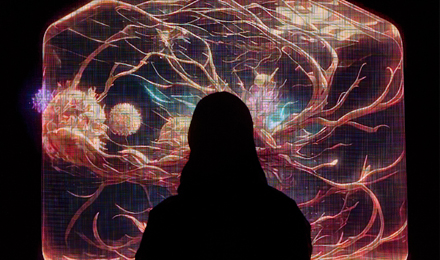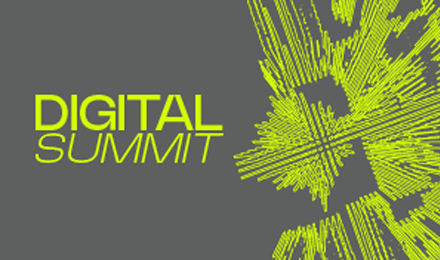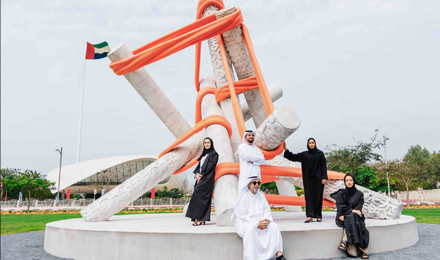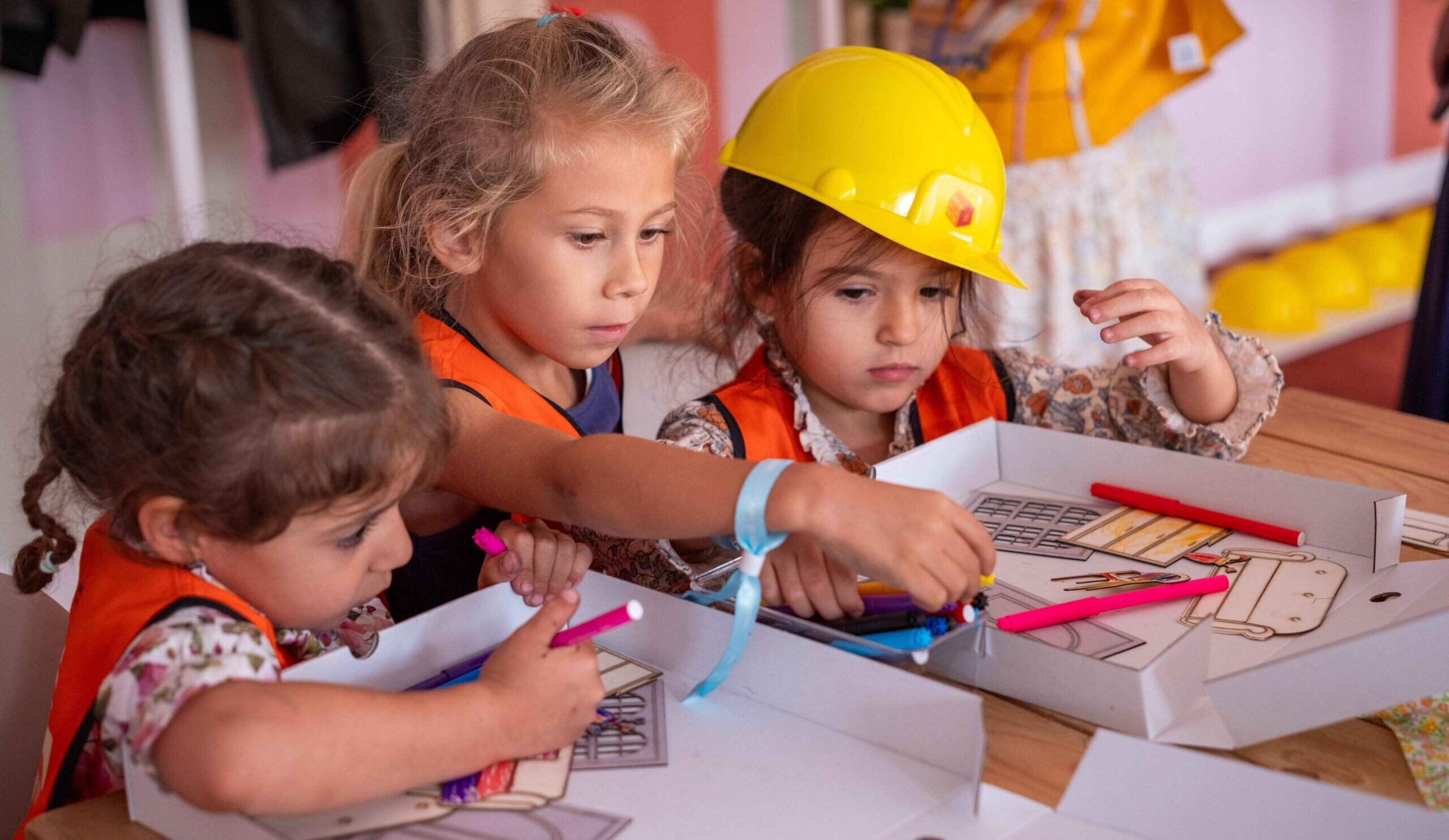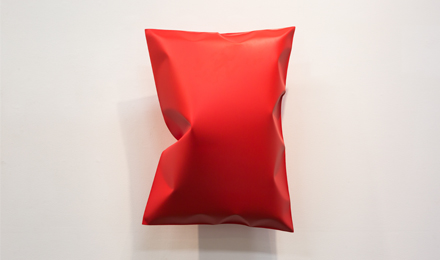LATEST STORIES
PROGRAMMES
2024 GALLERIES
Art Dubai 2024 presented a wide range of international and local galleries at its 18th edition, showcasing contemporary, modern and digital art, along with solo presentations featuring artworks conceived for the fair from the Global South.
READ MORE
ART DUBAI DIGITAL
Now in its third edition, the first and only major section of its kind at any international fair, Art Dubai Digital provides a 360 view into the digital art world, from early digital pioneers to emerging names and trends.
READ MORE
DIGITAL SUMMIT
Building on the platform created by Art Dubai Digital, a new Digital Summit at Art Dubai convened international and local industry leaders to discuss and debate the expanding digital art ecosystem and Dubai’s unique place within it.
READ MORE
PUBLIC ART STRATEGY
Dubai Culture, in collaboration with Art Dubai, unveiled the ‘Union of Artists’ sculpture, marking the first large-scale installation under the Dubai Public Art Initiative. This initiative is part of an innovative program aimed at transforming Dubai into an extensive artistic canvas
READ MORE
A.R.M. HOLDING CHILDREN’S PROGRAMME
Developed in partnership with A.R.M. Holding, the Children’s Programme is led by Indian artist Sahil Naik, with workshops starting at the fair and later expanding to 100 schools and reaching 15,000 students across the UAE
READ MORE
DUBAI COLLECTION
The first institutional art collection for the city of Dubai, Dubai Collection, showcased some of the UAE’s most celebrated artists in an exhibition titled ‘Encounters’, curated by Alia Zaal Lootah
READ MORE
